Introduction
High-performance carbon materials like carbon nanotubes (CNTs), vapor-grown carbon fibers (VGCF), biomass-derived carbon, and premium carbon black are revolutionizing industries ranging from lithium-ion batteries to aerospace. To unlock their full potential, these materials require ultra-high-temperature graphitization (up to 3000℃) to enhance crystallinity, electrical conductivity, and thermal stability. Cxinduction’s 3000℃ industry-leading graphitization furnaces deliver unmatched temperature precision (±5℃), uniform heating, and energy efficiency, making them the preferred choice for global manufacturers. With hundreds of successful installations, our technology sets the gold standard for advanced carbon material processing.
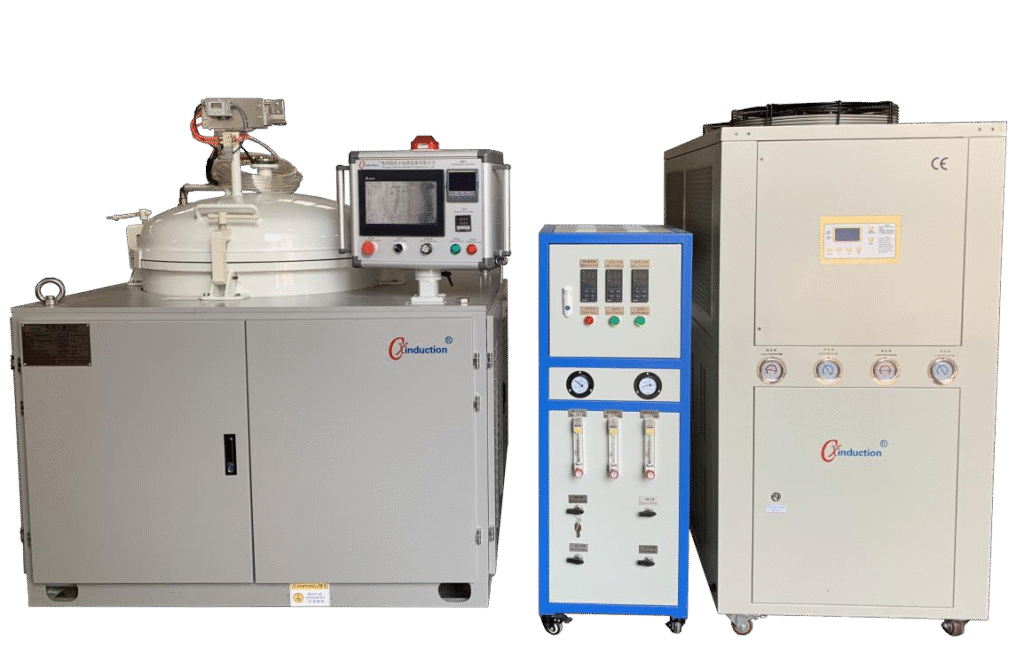
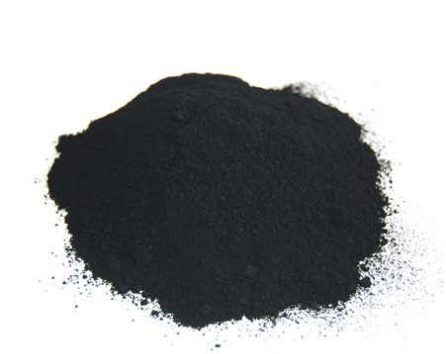
Key Materials & Heat Treatment Processes
Pre-Treatment: Purification to remove metal catalysts (Fe, Co, Ni).
Graphitization:
Temperature: 2500–3000℃ (optimizes tube alignment and conductivity).
Atmosphere: High-purity argon to prevent oxidation.
Equipment: Cxinduction™ Ultra-High-Temperature Graphitization Furnace with:
Induction heating for uniform CNT treatment.
Accurate temperature control to minimize defects.
Carbonization: First step at 600–1000℃ to create porous carbon.
Graphitization:
Temperature: 2800–3000℃ (precise temperature ramping converts amorphous carbon into graphite-like structures).
Graphitization:
Temperature: 2500–2800℃ (enhances conductivity for battery anodes).
Key Parameter: Controlled heating rate (<10℃/min) to avoid aggregation.
Why Cxinduction’s Graphitization Furnaces?
±5℃ uniformity across the entire hot zone.
Can reach up to 3000℃
with minimal energy loss (20% more efficient than competitors).
Vacuum (under 2200) or ultra-pure inert gas (Ar, N₂) to prevent contamination.
Real-time gas monitoring for process consistency.
Graphite heating elements withstand extreme temperatures.
Modular insulation reduces maintenance downtime.
PLC-controlled heating profiles for different carbon materials.
Critical Process Considerations
CNTs/VGCF: Ensure catalyst residues are <50 ppm.
Biomass char: Pre-sieving to homogenize particle size.
Slow heating (<5℃/min) for biomass to avoid cracking.
Fast ramp-up (20℃/min) for CNTs to preserve structure.
Oxygen levels <1 ppm during graphitization.
Regular furnace cleaning to avoid cross-material contamination.
CNTs: Store in dry N₂to prevent oxidation.
Carbon black: Anti-static packaging to avoid agglomeration.
Applications of Heat-Treated Materials
CNTs: Conductive additives in Li-ion batteries (5–10% capacity increase).
Graphitized carbon black: Anode materials for fast-charging EVs.
VGCF: Reinforcements in CFRP (20% lighter than steel).
Biomass carbon: Lightweight thermal insulation for satellites.
CNT-enhanced polymers: EMI shielding for 5G electronics.
Graphitized carbon black: High-end tire additives (lower rolling resistance);Battery additives– Enhances conductivity in Li-ion anodes/cathodes.
Biomass-derived carbons: Supercapacitors for renewable energy storage.
CNT filters: Heavy metal removal from wastewater.
Success Stories
Cxinduction’s furnaces are trusted by:
Top-tier battery manufacturers for CNT-treated anodes.
Aerospace material suppliers for VGCF/CFC composites.
Sustainable tech startups processing biomass carbon.
Documented Results:
✔ 15% higher conductivity in graphitized CNTs vs. conventional methods.
✔ 30% faster processing with furnace designs.
✔ Near-zero scrap rates due to precision temperature control.
Conclusion
From CNTs to biomass char, the performance of advanced carbon materials hinges on ultra-high-temperature graphitization. Cxinduction’s furnaces provide the perfect synergy of precision, efficiency, and scalability, empowering innovators across industries.
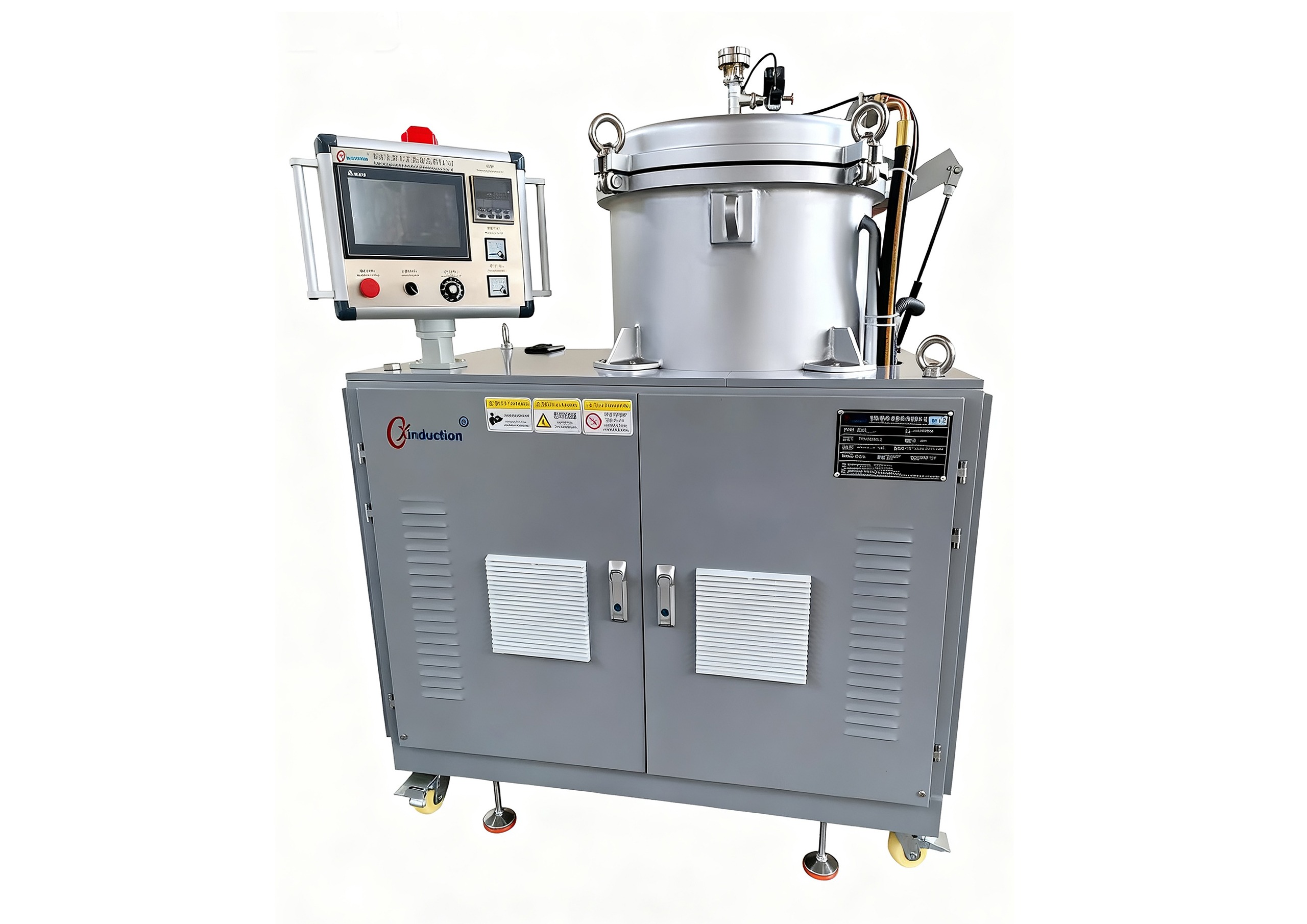
CX-CF-Lab It is a vertical top-loading graphite resistance heating furnace. It has a compact and integrated design, with a maximum temperature of up to 2200℃.
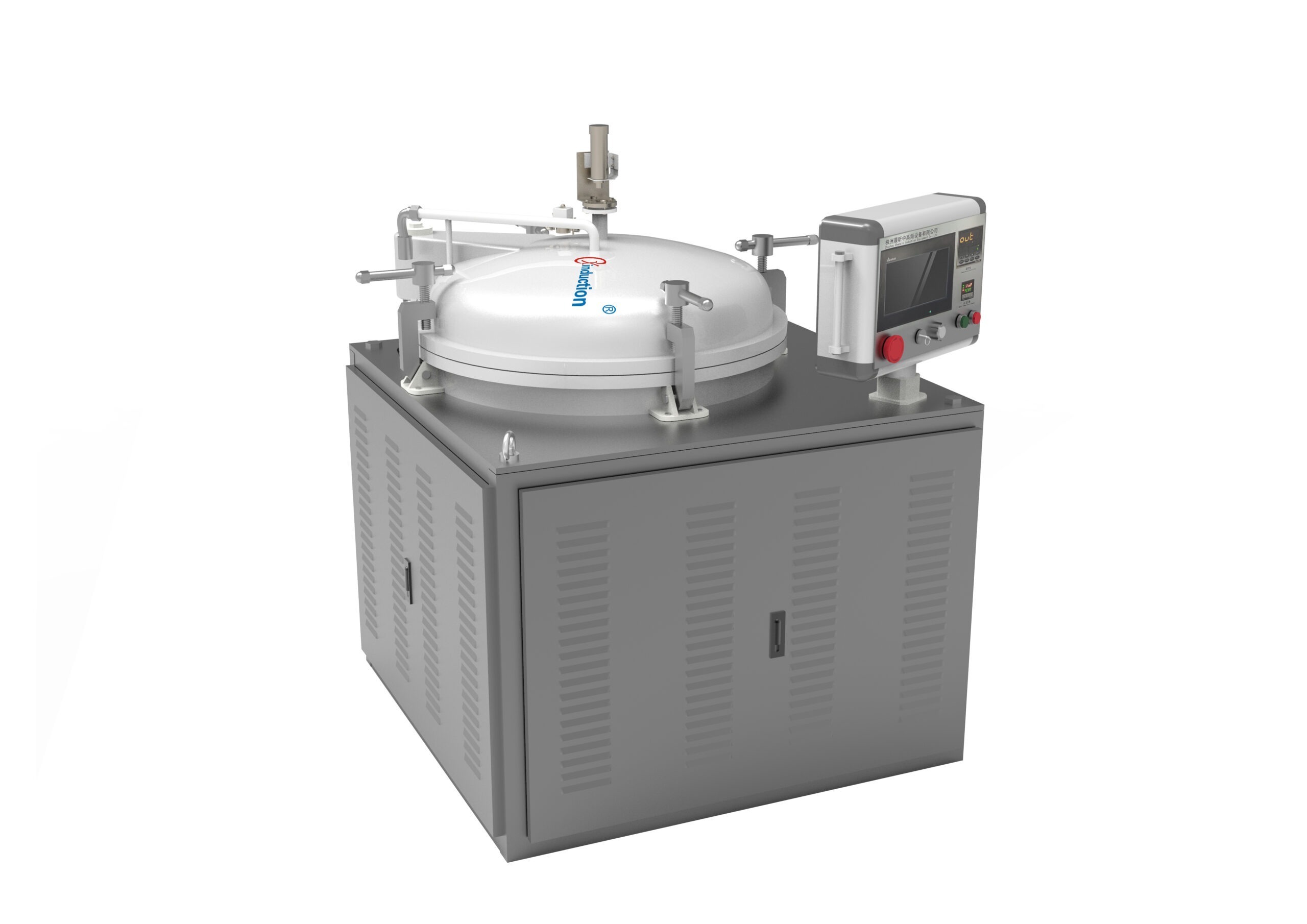
CX-GF-Lab is vertical top loading induction heating furnace.Compact and integrated design which is ideal for various research applications and new materials development.
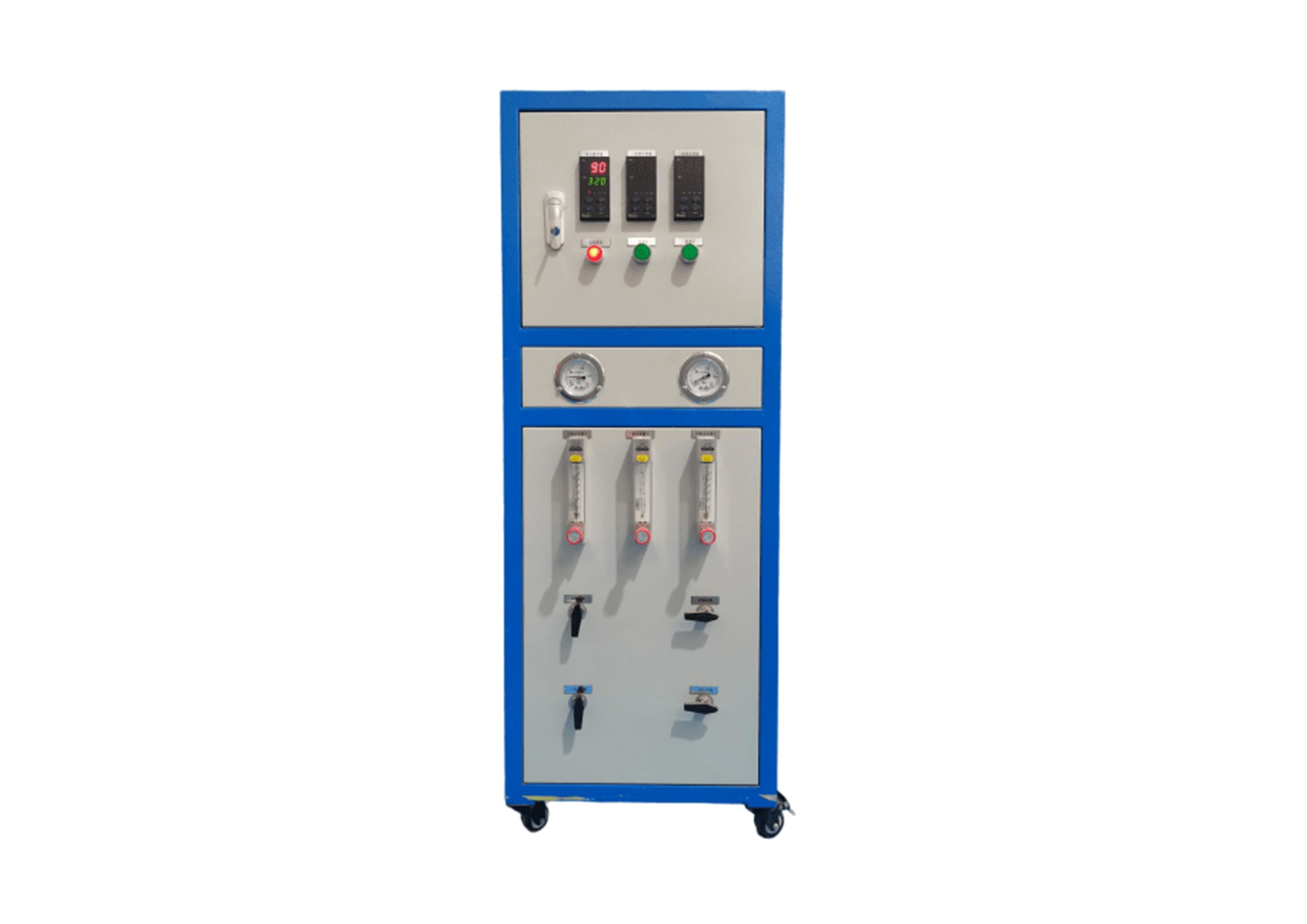
Argon gas purifier is an essential device used to remove impurities